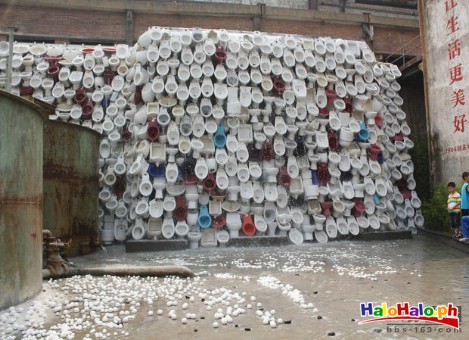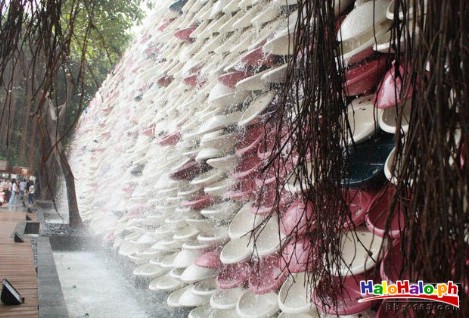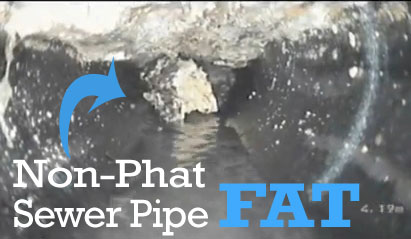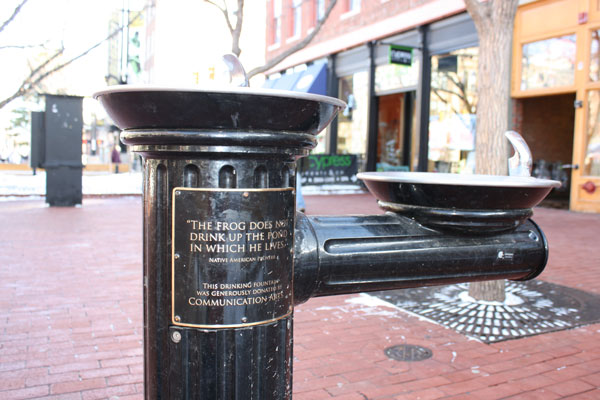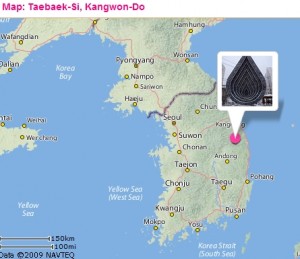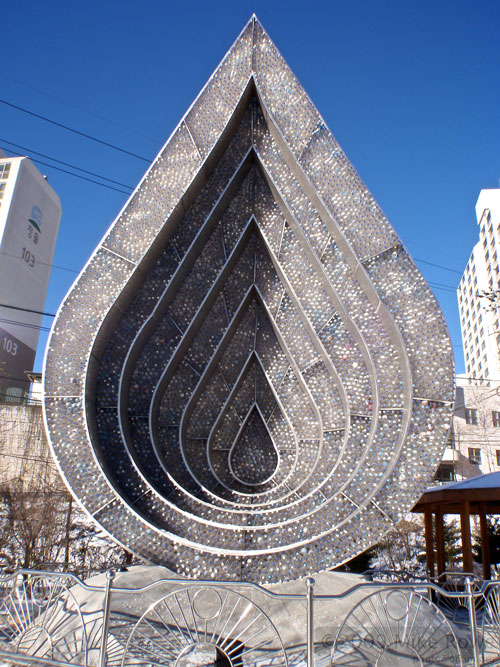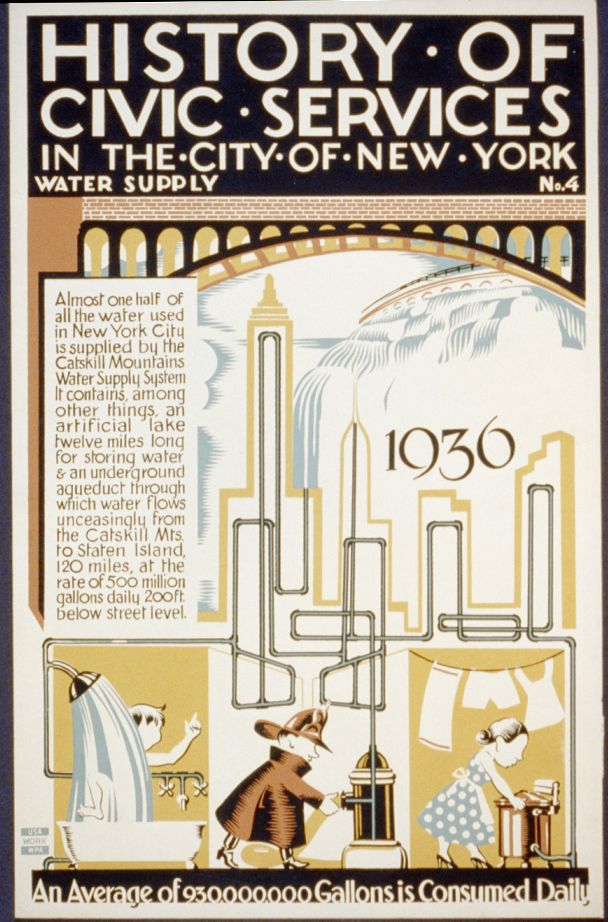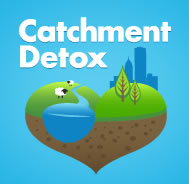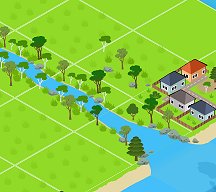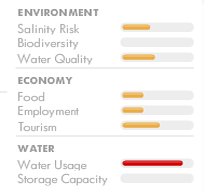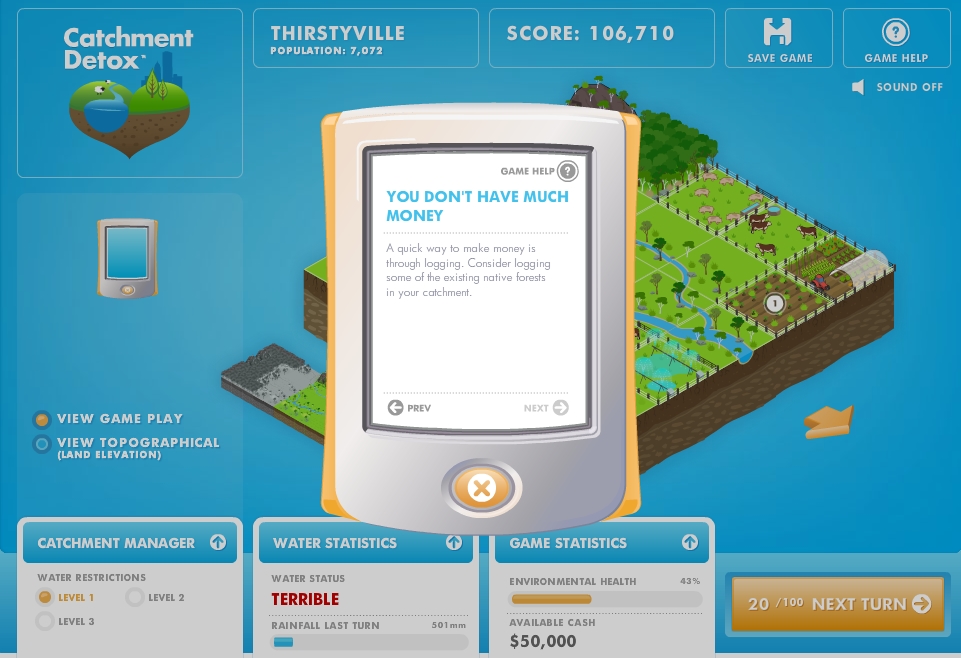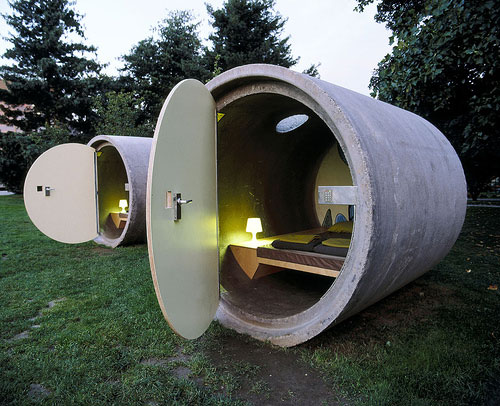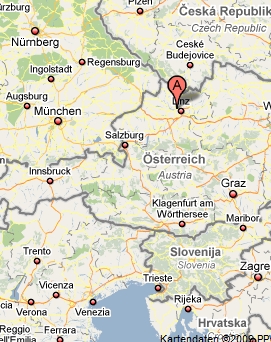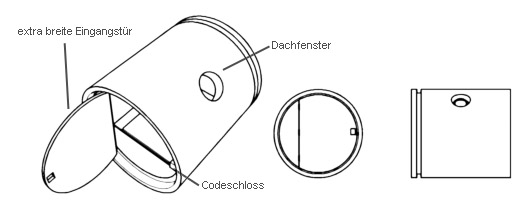Goon Idea for Canadian Toilet Reuse!
(Note: that’s not a typo!) A tweet this week from World Toilet Day (@worldtoiletday) sought some group-think ideas on toilet reuse. Not toilet-to-tap recycled water, but actual toilets!
And yes, I did have a suggestion: head-snapping, thought-provoking public artwork similar to this too-odd-to-describe installation in China! So, get ready, Toronto, and visionary Canadian artists, please step forward!
Photos are via www.halohalo.ph, self-described as “The Funniest Filipino Blog.” They live up to their description with this hysterical commentary on the sculpture:
Thousand of toilet sculpture in China. I’m not surprise when i saw this sculpture because everybody knows that Chinese people are goon on this.



